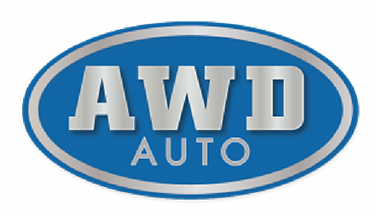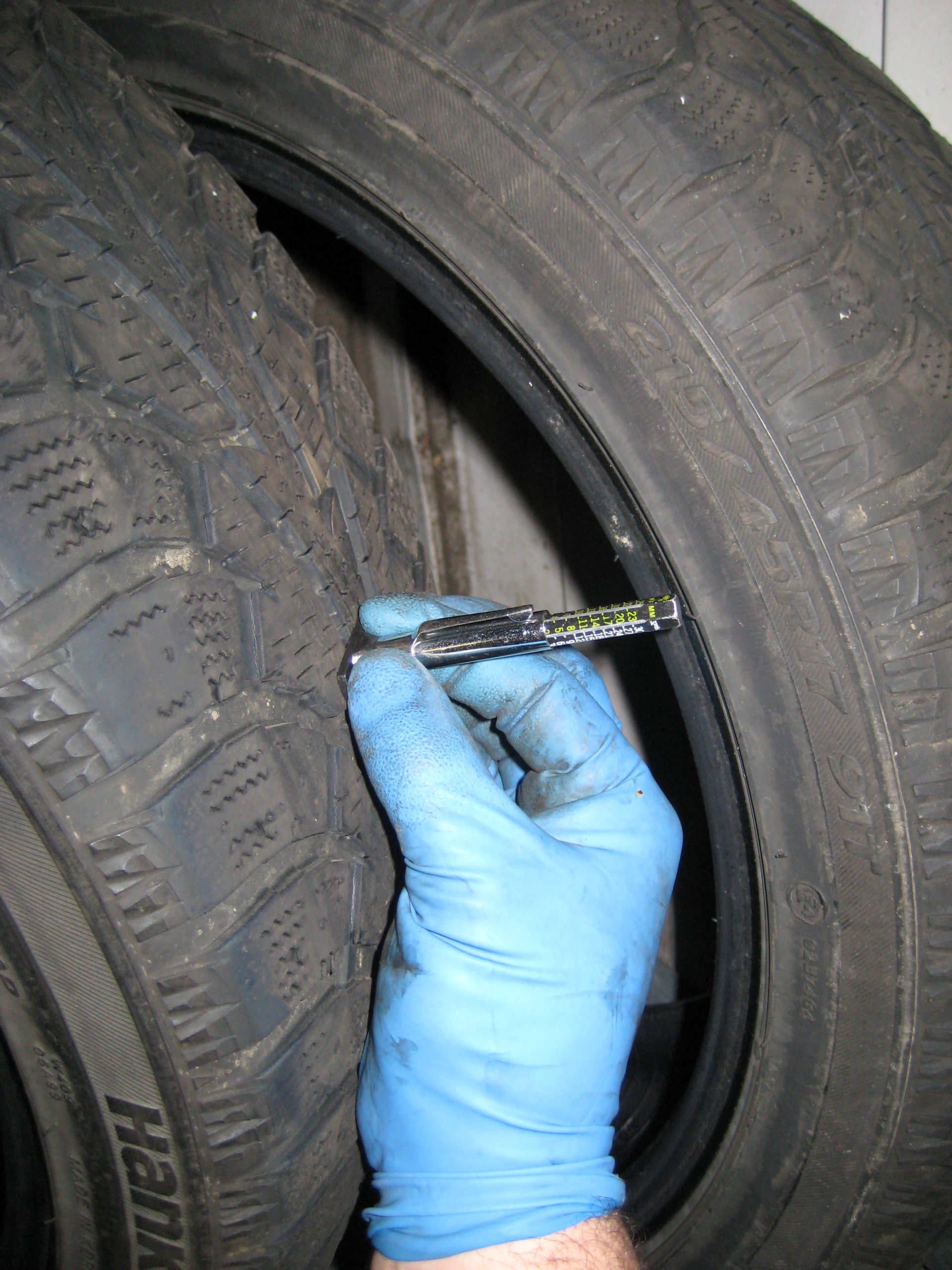Q. The tire shop is telling me I need 4 new tires, is this true even when I technically only need one?
A. Depending on the situation this may in fact be true, if you own an AWD Subaru all four tires must have have like tread depth and type. So if you have three used tires that are worn down to below 8/32 of tread life remaining, and the new tire comes new with 12/32 that would in fact be too much tread depth difference to allow, and it could cause damage to the AWD portion of your Subaru transmission. A good rule of thumb is not to allow more than 2/32 of tread difference right to left, and no more than 3/32 front to rear. The reason for this is the tire that has more tread will also have a greater circumference than the other three tires and spin at a different rate of speed this over time can both “confuse” the AWD system as well as cause damage. Next it is imperative that the tires have the same type of tread design, so if you have had a blowout and you tire is no longer offered or not available locally you will also need to buy 4 tires in this instance as well. The tire rack as well as some tire chains do offer a lesser known service called tire shaving this is where you can buy one new tire and have it “shaved” to match the rest of the tires on your car. If you are not in a hurry this may be an option for you.
The tread depth of the tires on your car now should be measured, than compared to the tread depth measurement of the new tire. Once you know the difference the decision can be made on whether you need one, two or four.
 Measuring the tread depth on a tire
Measuring the tread depth on a tire


Please note that your transfer clutch is destroyed by a difference in ROLLING circumference, which, if your tires are not exactly the same brand, model, tread pattern, may not correlate AT ALL with measured tread depth or circumference as measured with tires in the air on the lift.
Several years ago I bought a used Legacy from a Subaru dealer and discovered almost immediately post-sale that its transfer clutch was failing. They did repair the transfer clutch and they noted that the front and back tires (which were on the car when I bought it from them) were different brands, but that they were very similar tread pattern and depth, and within the Subaru-decreed tolerance of 0.25″ circumference difference on the lift. So they said it was fine to drive it that way. But I measured the true rolling circumference of the tires on the ground and found that the front tires traveled 81.25″ per revolution while the rears only traveled 80.5! So going down the highway my transfer clutch was operating with tires 0.75 inches off circumference–three times what the factory says should be the maximum. It was the tires that destroyed the clutch and they would destroy the new one, too. I went back to the dealer and said they shouldn’t have sold me tires that were not compatible with the car. I demonstrated the rolling circumference difference in their parking lot (this is really easy to do–just put a chalk mark on each tire and mark the pavement where the tire mark strikes the ground as you slowly roll the car forward and measure between marks on the pavement). I thought they should help me out with a new set of matching tires. While they conceded the mechanical relevance of my measurements over their measurements on the lift, they said Subaru’s policy covered lift circumference, not rolling circumference. It was a losing battle, and I eventually just bought a new set of four.
Moral of the story, however, is that you really need four identical tires, unless you are willing to do a lot of careful evaluation to avoid it. Two tires might be brand new, and with exactly the same size specification stamped on the sidewalls, measuring exactly the same circumference on the rack, but differences in belt construction, tread pattern, sidewall thickness, rubber compound, etc., could give them very different rolling circumference and wreck your Subaru’s running gear!